Hawthorn is a classic deciduous tree and hedge in the UK.
We are lucky to have a large Hawthorn tree in our back garden, and as I write this the white flowers are amazing. They will soon turn to pink.
The whole tree buzzes with bees and other pollinators.
Hawthorn is quite thorny which makes it effective as a secure boundary hedge.
The red berries in autumn are also stunning and edible, but contain toxic pips that should not be chewed or swallowed.
Hawthorn is a tough plant, but sometimes can suffer in adverse conditions.
So if you want an answer to “Why is my Hawthorn hedge dying?” this article is for you!
2. Frost Damage
3. Water – Too Much Or Too Little
4. Pests – Aphids / Leafminers / Lacebugs / Scale
5. Fungus – Cedar Hawthorn Rust / Powdery Mildew / Verticillium Wilt
6. Bacteria – Fireblight
Sun Scorch
Hawthorn trees do love sun, and will do best in full sun or part shade.
If the weather is hot and dry for prolonged periods however, as we are starting to see in the UK, then the foliage can become burnt.
This can be exacerbated if there are warm winds, as this draws even more moisture from the leaves.
This will show on the outer leaves, and on the side that gets the most sun.
Leaves will appear crispy and brown.
How to fix:
- If your Hawthorn is newly planted, or still quite young, then provide extra water during hot weather.
- Do not water from above as the water can sit on the leaf and magnify the suns rays, causing even more scorching.
- Water at the base and ideally in the morning so the plant has time to take in some water before the heat of the day.
- You could also try to erect some shade if the plant is small enough.
- Scorched leaves will likely dry up and fall but once the hot spell has passed there should be healthy regrowth to replace them.
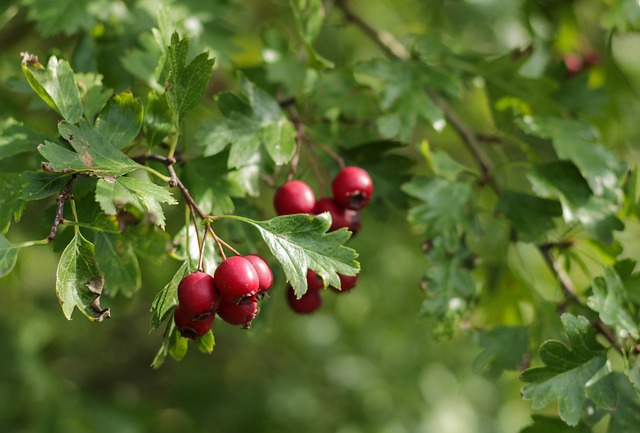
Frost Damage
Frost damage affects Hawthorns in a similar way to sun scorch, by dehydrating and burning the affected leaves.
Again this can be increased by winds.
If the ground has frozen, the plant can struggle to take in water to replenish what it has lost.
Outer leaves will become dry and brown, and may fall.
How to fix:
- Mulch in the autumn, before the winter frosts hit.
- This will protect the soil and leave some moisture in the ground that the plant can access.
- If there are freezing winds forecast and your Hawthorn is in an exposed position, you can cover it temporarily with fleece or sacking to prevent it from the worst of the weather.
- Remember to remove this covering though, as it can cause moisture build up.
- Again you may lose some leaves to frost damage, but as soon as the weather warms up there should be decent regrowth.
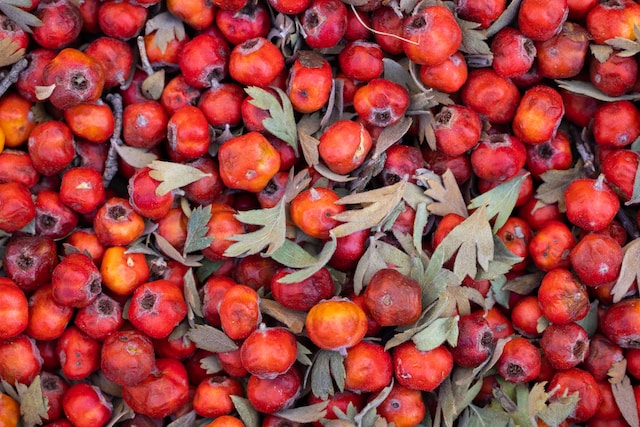
Water – Too Much Or Too Little
Like all plants, Hawthorn trees and hedges do need access to water.
This is especially true if recently planted or moved.
Once they are established they have an extensive root system with a deep tap root, so they should manage fine unless the weather is unusually hot and dry.
Dehydrated Hawthorn will have limp and floppy foliage, and will be come more susceptible to attack by pests and fungus.
Overwatered Hawthorn will have yellowing leaves and may begin to rot at the base.
How to fix:
- Keep an eye on your Hawthorn if recently planted or moved and provide extra water for the first 6 months, especially if the weather has been dry and it looks dehydrated.
- Do not overwater, if the soil is already moist then that is sufficient.
- Mulch in the spring and autumn. This will improve the moisture retention of the soil and less manual watering will be needed.
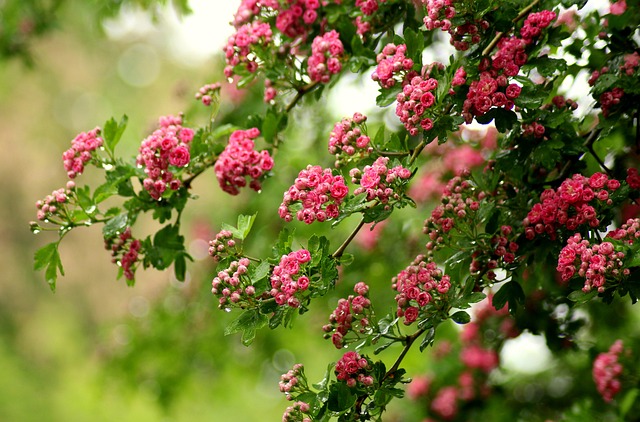
Pests – Aphids / Leafminers / Lacebugs / Scale
Sap sucking pests can eat the sap and foliage of Hawthorns and other woody shrubs and trees.
Aphids and Lacebugs are small winged insects. Their feeding causes mottled and distorted leaves.
Leafminers feed when both larvae and adults, and leave pale trails across leaves.
Scale insects have small brown shells that stick to branches and the underside of leaves.
How to fix:
- Small numbers of sap sucking insects should not overly damage an established Hawthorn and most can be wiped off with mild soap or sprayed off with a jet of water.
- Aphids and Scale excrete a sweet honeydew substance that can make leave and stems sticky.
- This can be wiped off with a mild dish soap solution.
- Scale insects are trickier to remove as their shell both protects them and clamps them down.
- Neat alcohol on a cotton wool bud, or Neem Oil used as directed should shift them.
- Encourage natural predators like Ladybirds, birds and frogs.
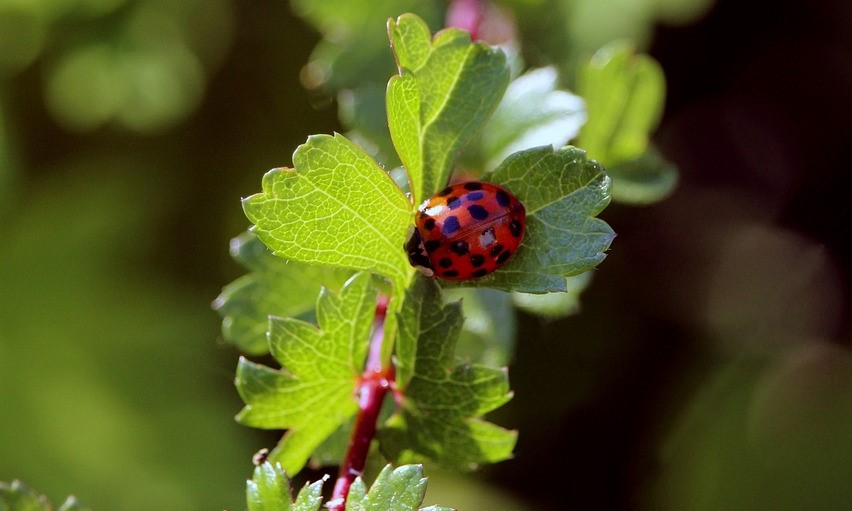
Fungus – Cedar Hawthorn Rust / Powdery Mildew / Verticillium Wilt
Cedar Hawthorn Rust is a fairly serious fungus and unfortunately once your tree or hedge is showing significant signs then it cannot be eradicated.
You may see rust coloured spots on leaves which then cause the leaf to turn yellow and fall.
There may be rusty coloured spikes coming from the fruit.
How to fix:
- Prune out infected branches and dispose (not in the compost heap).
- Maintain good ventilation through and around the Hawthorn by regularly clearing any debris from around the base and in the canopy.
- Don’t plant Hawthorn near Juniper, as they can both harbour Cedar Hawthorn Rust and will just re-infect each other.
- When watering, water at the base only and avoid spraying the leaves.
Powdery Mildew presents as a white to grey dusting of fungus across leaves.
It usually develops when conditions are moist and still, and if the plant is already weakened by too much or too little water.
It should not cause too many problems to an established Hawthorn, but saplings can suffer more.
How to fix:
- Maintain good moisture levels for your Hawthorn, not too much and not too little, to keep it healthy and able to fight off infections by itself.
- Some gardeners use a milk/water spray to wipe off mildew, with the ratio 40% milk to 60% water.
- This is not quite as easy with Hawthorn as the leaves are quite small but it may help.
- Promote good airflow in and around your Hawthorn by regularly clearing debris from within the canopy and around the base.
- Mulch in the spring and in the autumn to improve soil quality and moisture retention.
Verticillium Wilt travels within the soil and accesses the tree through the roots.
It then attacks the tree’s (circulatory) system.
Affected plants will have wilted yellowing leaves, sometimes just in one area.
Whole sections can die back quite suddenly.
Branches will have brown or black staining under the bark, with a cross section showing dark circles.
How to fix:
- Unfortunately Verticillium Wilt can become extremely hard to treat, and cannot be eradicated completely.
- If it has only infected a small section of a large and otherwise healthy Hawthorn, you can try just cutting back the affected branches back to healthy wood.
- In smaller trees that are more affected, it is best to just remove them completely and dispose of safely (not in the compost heap).
- Make sure to sanitise all tools used.
- When replanting in that area consider planting Conifers, as they are resistant to this fungus.
- To prevent this fungus from developing make sure the soil is well draining.
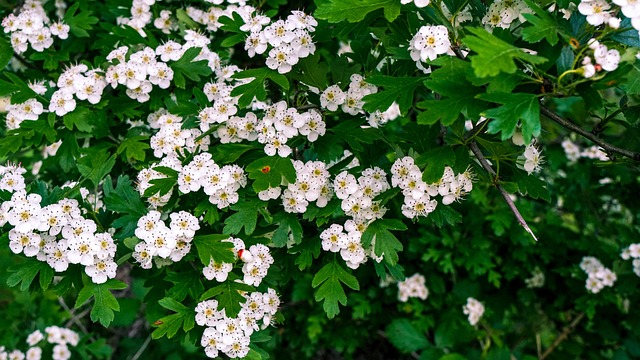
Bacteria – Fireblight
Fireblight bacteria live in cankers on the bark.
They can enter the plant through wounds caused by pruning, by rain and wind, or even through the flowers in warmer weather.
The affected plant areas look are dry and brown/black as if they have been scorched, hence the name.
New growth and foliage, progressing to full branches turn brown and shrivel.
Another symptom is a brown staining under the bark, and yellowy white seepage.
How to fix:
- Only prune trees during cold dry weather once the last frost has passed, ie late winter and early spring,
- Make clean cuts and sterilise your tools before, during and after pruning.
- If caught early Fireblight can be halted so monitor your Hawthorn regularly.
- If you do notice the signs, prune out infected areas quickly and burn the material immediately.
Final Thoughts
Hawthorns are majestic trees and excellent hedges.
Some other good hedge plants are Laurel and Privet.
Hawthorn are pretty tough, and usually only struggle if conditions stray far from optimum for a sustained time.
If you are having a problem with your Hawthorn that you can’t identify, then drop me a message and I will do my best to help.

